Complete schematic is at https://cdn.hackaday.io/files/1667667134916544/Evil%20Simon%20v1_2_1.pdf
This is a little game with a DAC output being used as a digital audio playback system. The DAC output goes into an LM4871 amplifier. As shown in the schematic, the same 3.3v boost converter (It's a XC9142B33, not a 9140) powers both the logic system and the audio amp. In this configuration, playing audio (the speaker is an 8Ω 1" magnetic loudspeaker) causes the controller to reset, presumably because the transient load overwhelms the boost converter's transient response abilities and browns-out the controller.
I've broken the trace that feeds power to the amp so that I can experiment with alternatives. What I at first attempted to do is add a decoupling inductor from the 3.3v rail followed by extra capacitance. The values I've tried are 47 µH and 47 µF (tantalum). That seemed to make things a little better, but not good enough. Upping the capacitance to 120 µF (electrolytic) didn't make things any better.
Am I barking up the wrong tree with this idea? Or do I just need to crank up the inductance until the thing stops browning out?
Another thing I tried is connecting the inductor up to the drain of the soft-power MOSFET. This works, but I am concerned that the audio amp is going to get an inconsistent voltage as the batteries age. I'd prefer the power be well regulated until the boost converter can't deal anymore and drops out.
EDIT: Someone asked to see the layout. Not shown in this (partial) screenshot is a ground flood on both sides of the board. Power to everything except the audio amp is on the blue line going down to the left. On the prototype the short trace from pin 6 of IC3 to the nearby via has been cut and a through-hole inductor tacked on to the + side of the nearby bypass cap. The other end has at various times been tacked directly to the bottom of C5 or the drain of Q8.
